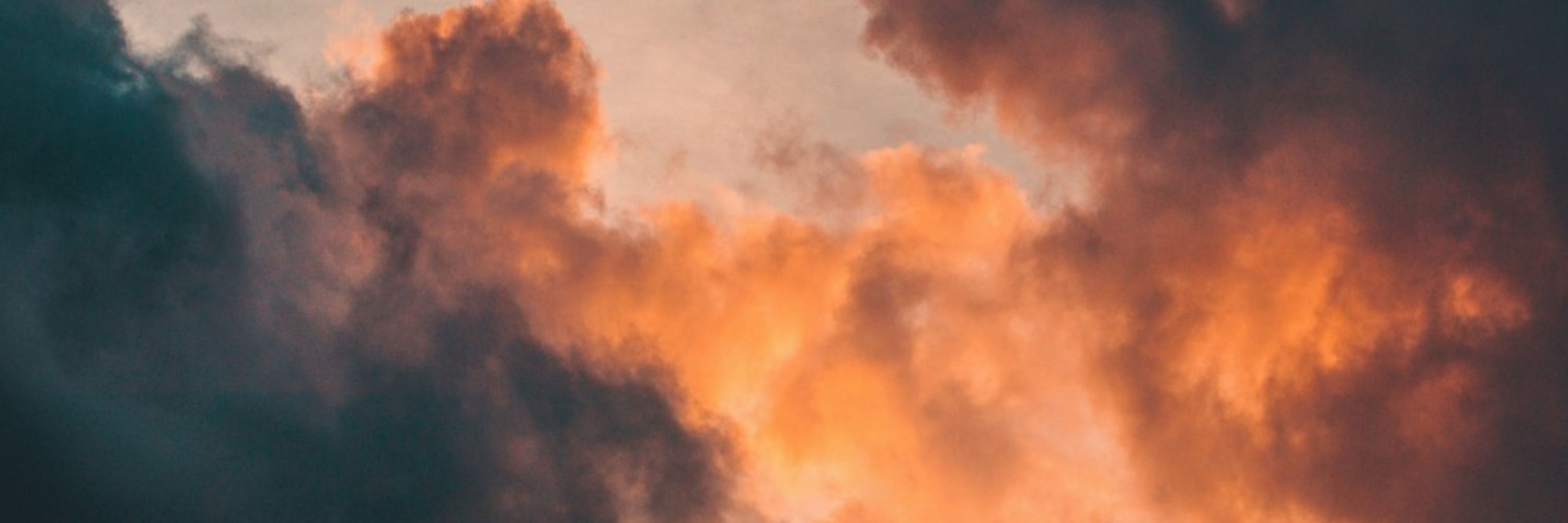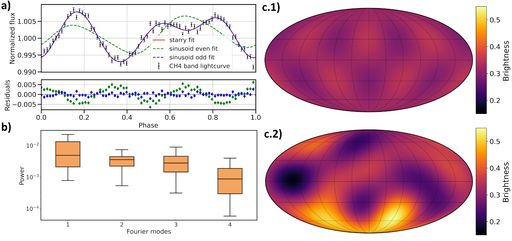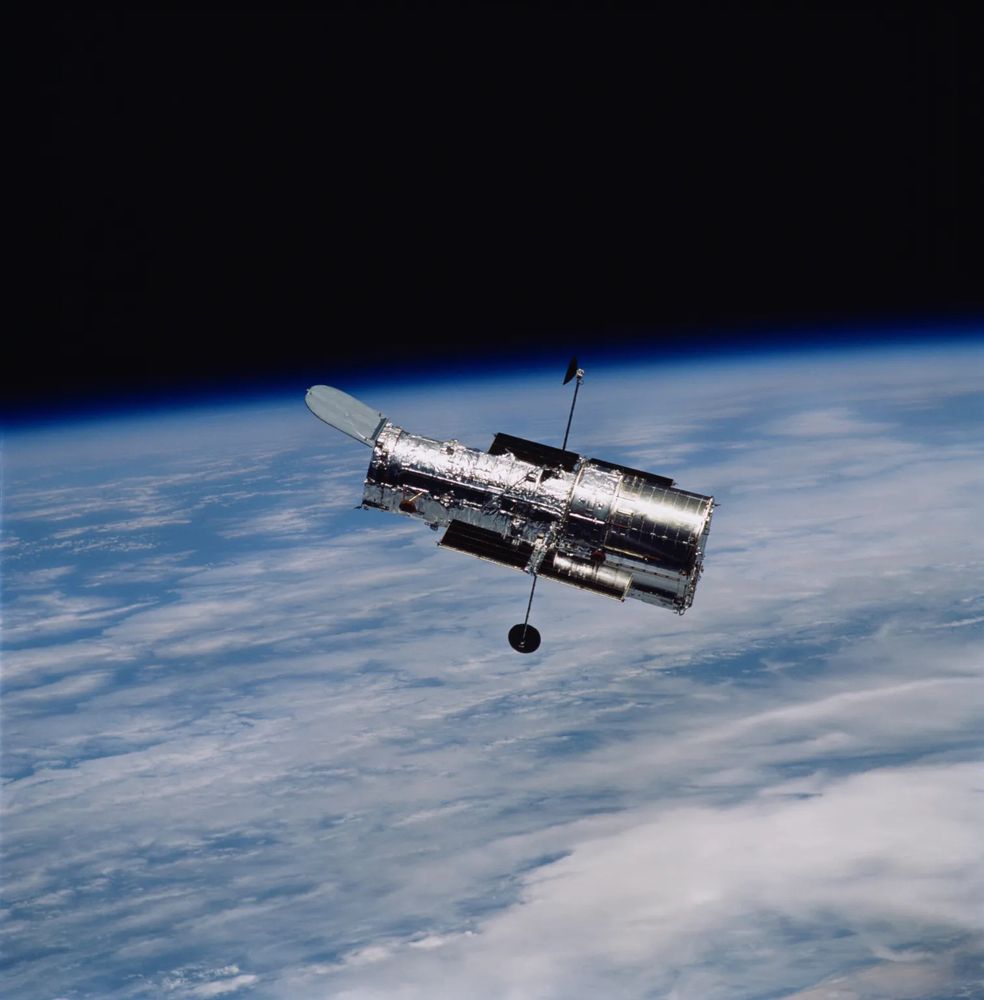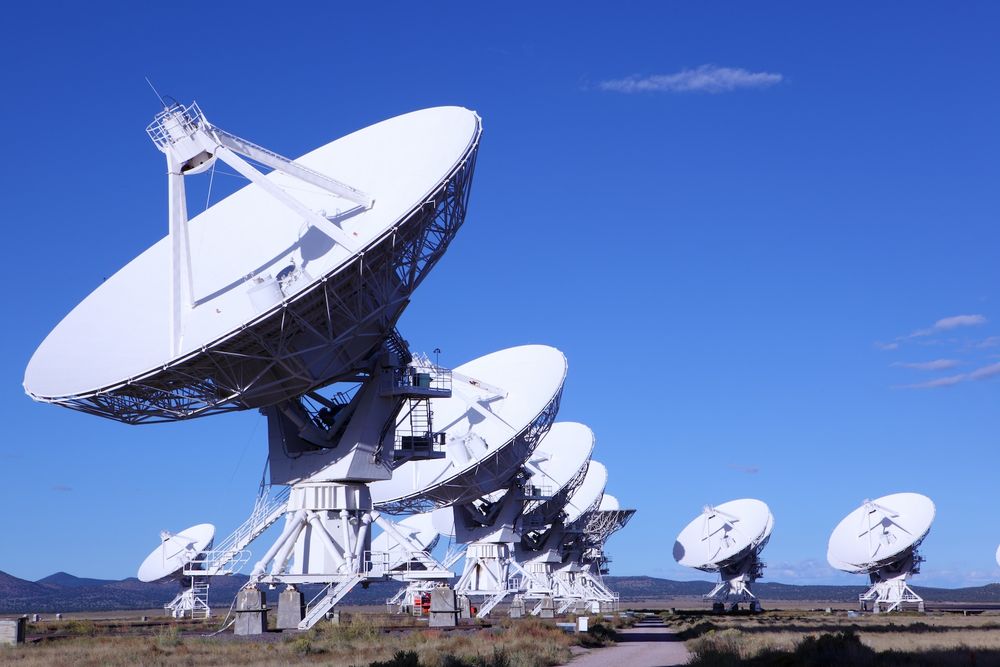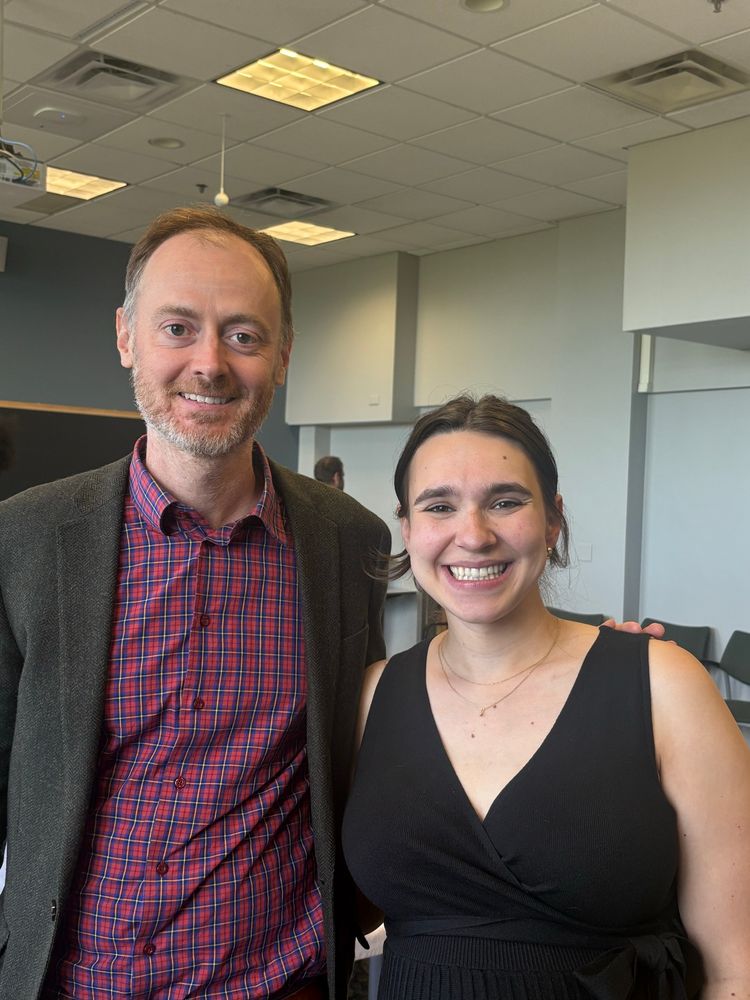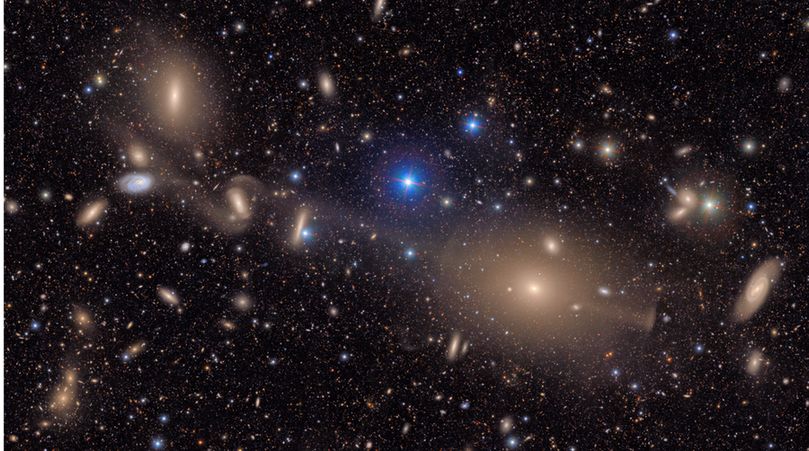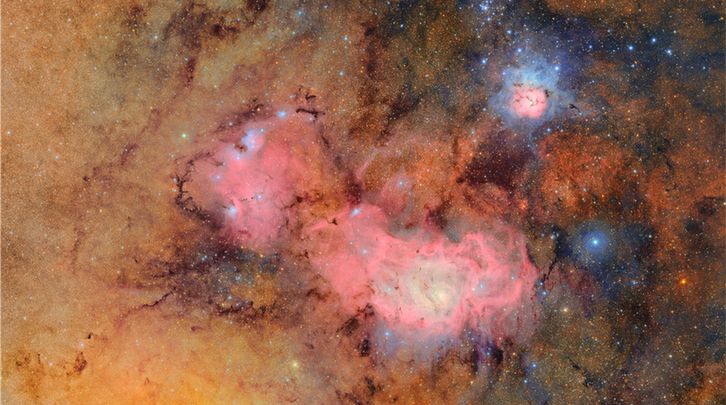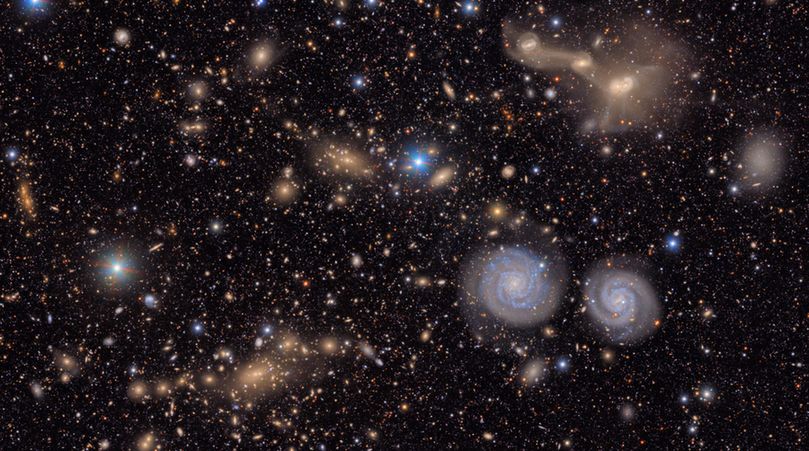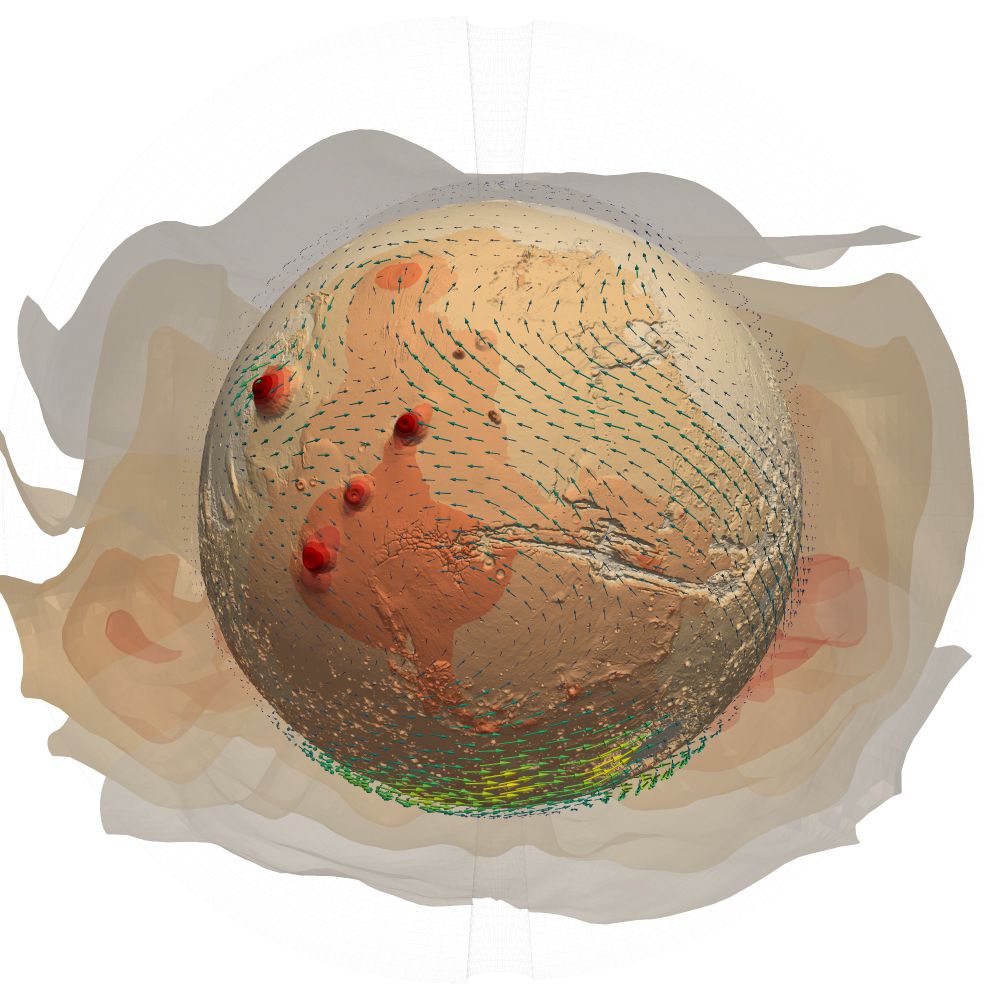Johanna Vos
@johannavos.bsky.social
560 followers
260 following
27 posts
Astrophysicist studying Exometeorology | Associate Professor & Royal Society University Research Fellow at Trinity College Dublin | Visiting Scientist at American Museum of Natural History | she/her | https://johannavos.github.io/
Posts
Media
Videos
Starter Packs
Reposted by Johanna Vos
Reposted by Johanna Vos
Reposted by Johanna Vos
Dr Jake Taylor
@astrojake.bsky.social
· Aug 8
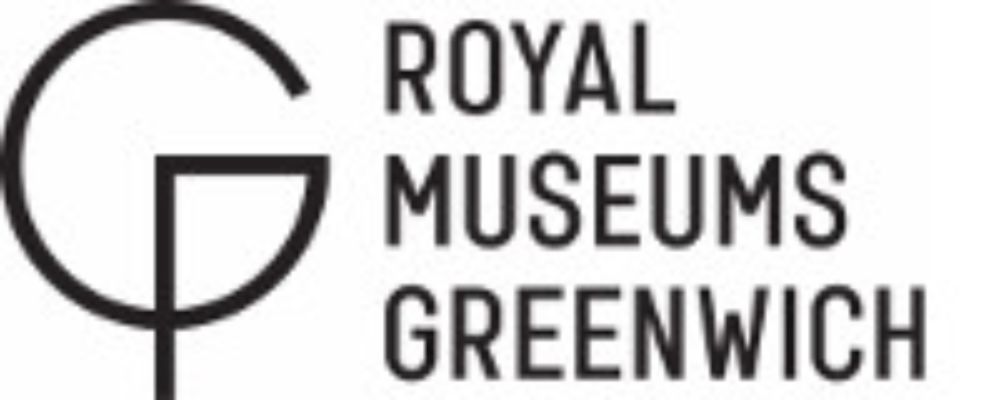
Planetarium Astronomer | Royal Museums Greenwich
About usRoyal Museums Greenwich is a collection of diverse historical sites. The sites are the National Maritime Museum, Cutty Sark, the Royal Observatory, and the Queen’s House. Each of these sites h...
app.vacancy-filler.co.uk
Johanna Vos
@johannavos.bsky.social
· Jul 23
Johanna Vos
@johannavos.bsky.social
· Jul 20
Reposted by Johanna Vos
Reposted by Johanna Vos
Johanna Vos
@johannavos.bsky.social
· Jun 16
Reposted by Johanna Vos
Reposted by Johanna Vos
Reposted by Johanna Vos
Reposted by Johanna Vos
Reposted by Johanna Vos
Johanna Vos
@johannavos.bsky.social
· Apr 11
